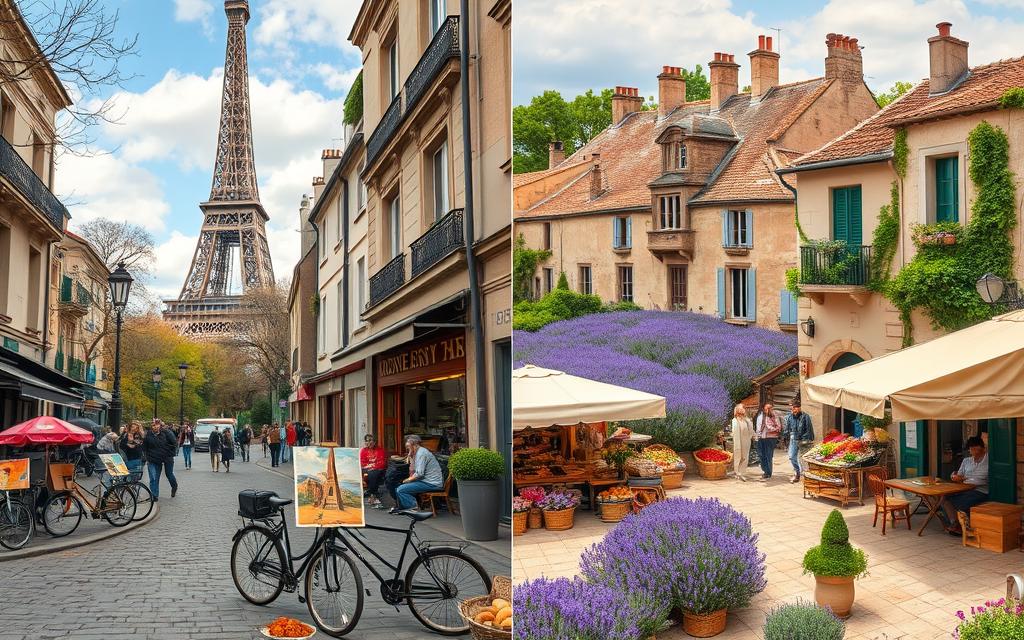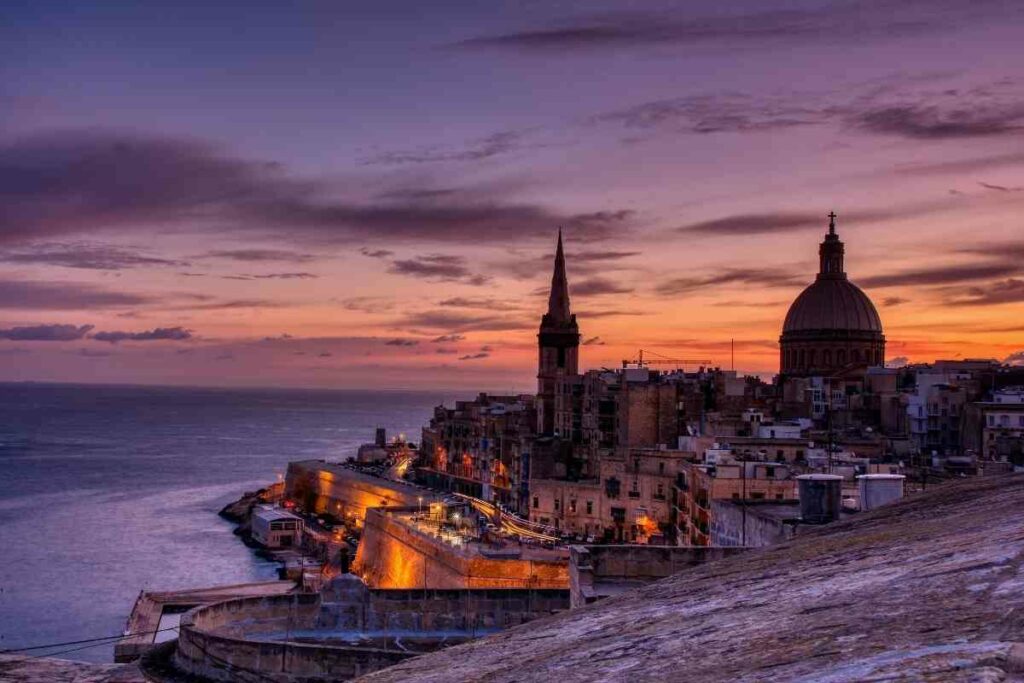While English is not the official language of Romania, it is widely spoken in the capital city of Bucharest and other major tourist destinations.
This makes Romania one of the most English-friendly countries in Europe.
Does Romania Speak English?
Based on a global map compiled by Education First, Romania is a country where English is widely spoken and understood.
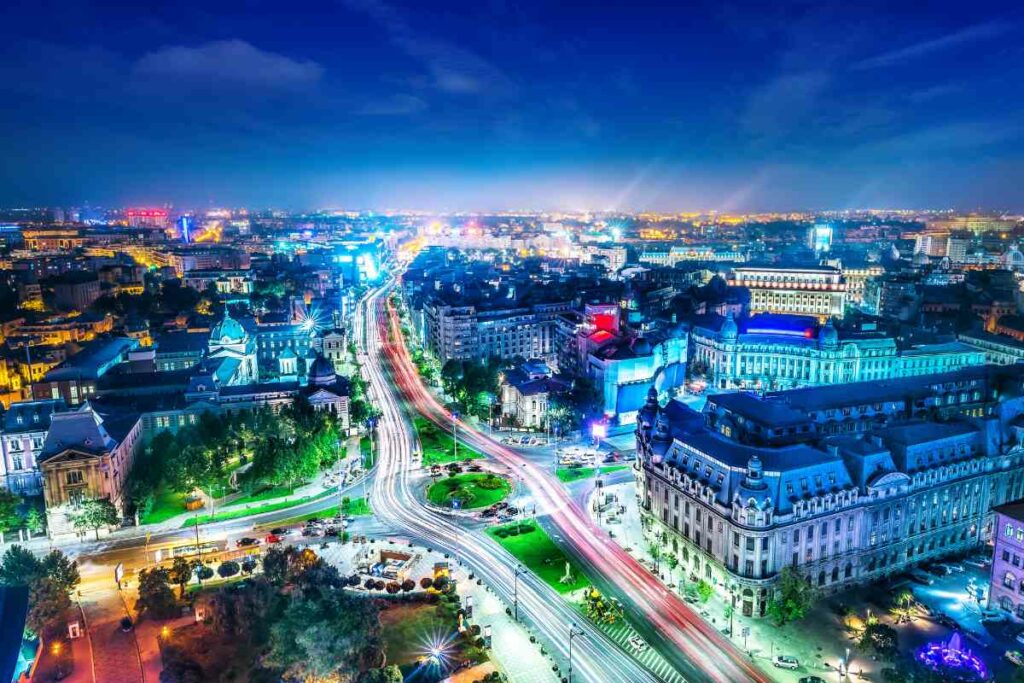
In terms of English proficiency, Romania ranks 16th in Europe and 20th worldwide.
In Fact – According to Romania Language Stats, around 31% of the population speaks English.
English is taught in schools from primary to upper secondary grades, and most Romanians can speak English conversationally.
However, there are some regional variations in the level of English proficiency.
In general, English is more commonly spoken in urban areas, while rural areas tend to have lower levels of English proficiency.
Reasons Why English Is Widely Spoken In Romania
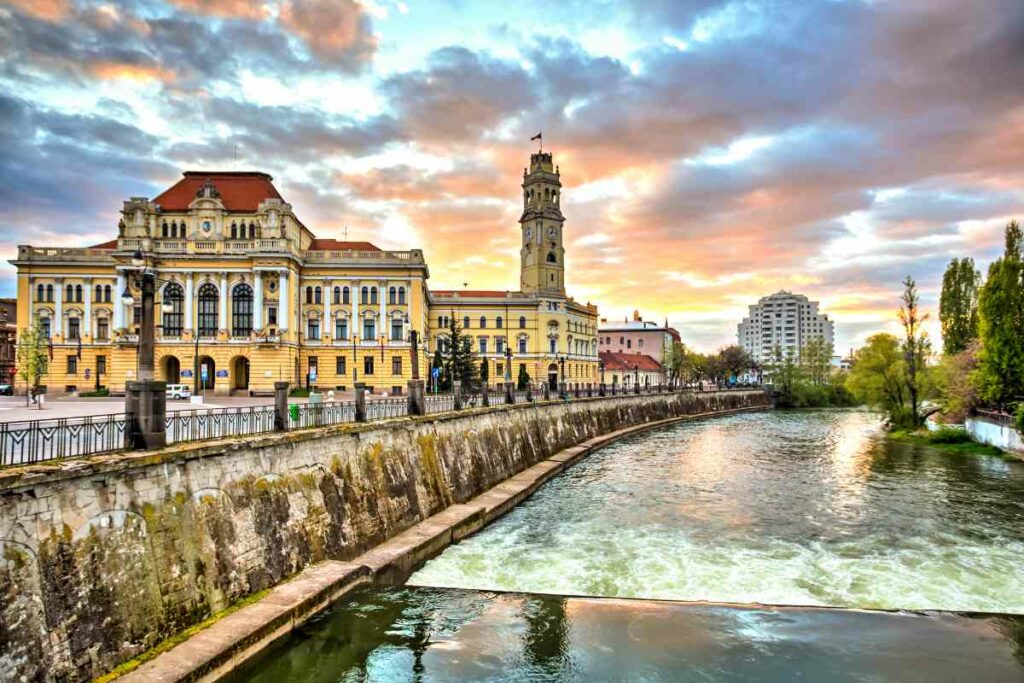
- Romania has a large number of students who study English as a second or foreign language
- Romania is a member of the European Union, and English is the official language of the EU.
- Romania has been a tourist destination for many years, and English is the most common language tourists speak.
As a result of all of these factors, Romania is a great place to visit for English speakers.
You will be able to communicate freely in all major cities, and you should have no trouble communicating with a fair number of locals.
What is Romania’s National Language?
Romanian is the only national language of Romania.
The Romanian language belongs to the Italic branch of the Indo-European language family.
It is closely related to other Romance languages such as French, Italian, Portuguese, and Spanish.
Romanian is also spoken in:
- Moldova
- parts of Ukraine
- Hungary
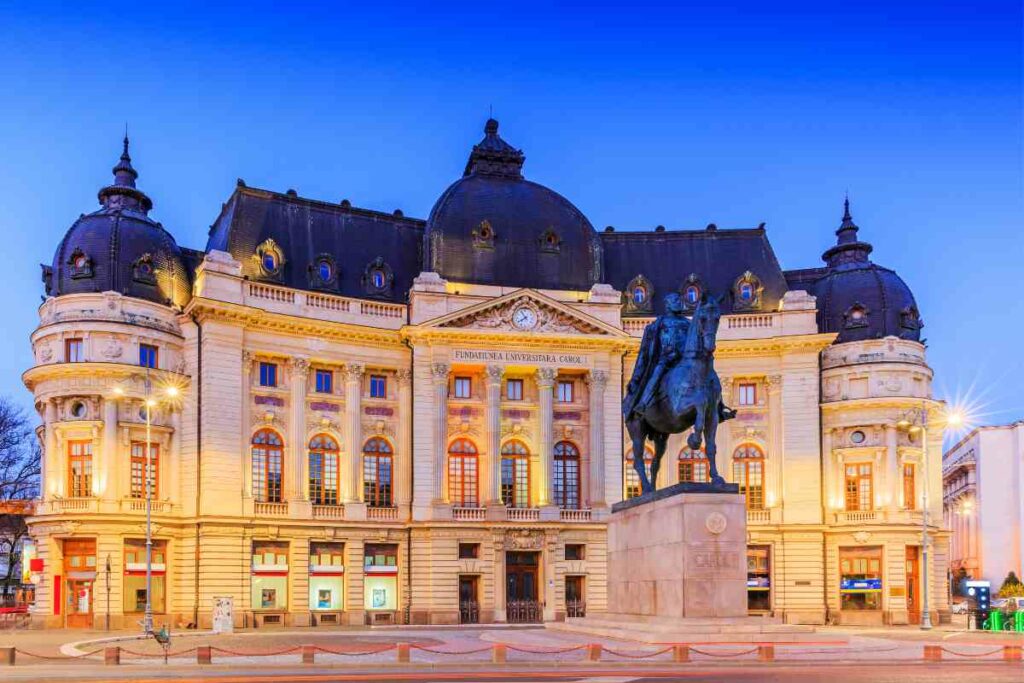
Romanian became the official language of Romania with the Constitution of 1923.
The constitution specified that it be used in both formal and informal settings.
Romanian was to be the language of instruction in all schools and universities and used in all forms of government and business.
In addition, Romanian was to be the predominant language spoken in the media and among the general population.
Today – Approximately 91% of the country’s population speaks Romanian as a first language. Despite the widespread use of Romanian, there are still some pockets of resistance to its use.
In certain parts of the country, minority languages such as Hungarian, Romani, Turkish, German, Russian, Ukrainian, and English are still spoken by some residents.
Locations in Romania Where English is Most Spoken
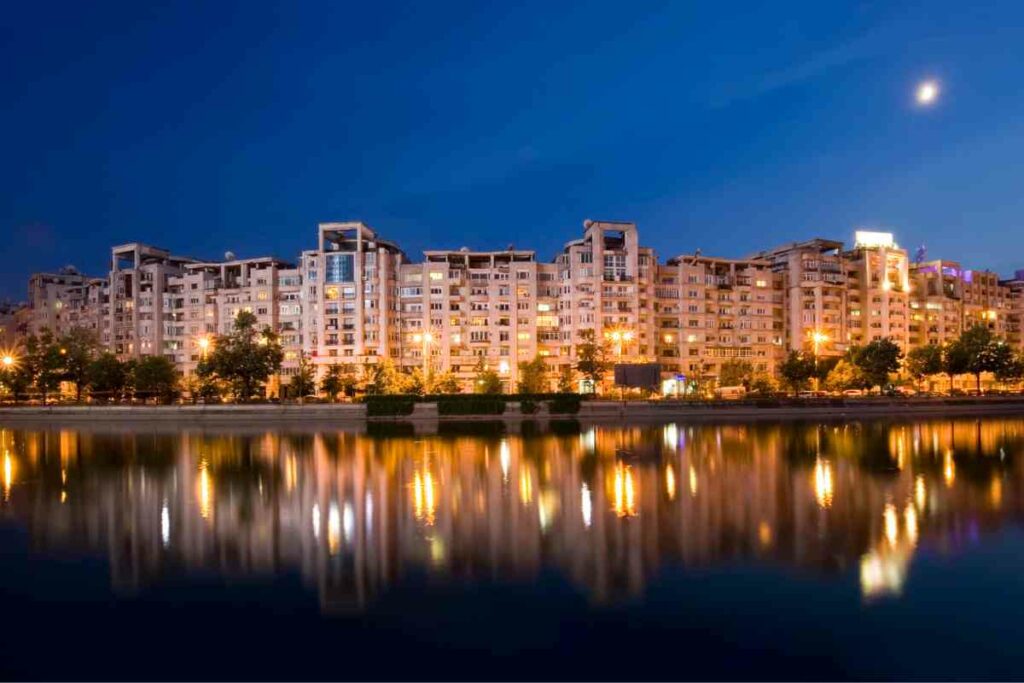
There are many cities and towns in Romania where English is most spoken, including the capital city and other notable cities like Timisoara and Cluj-Napoca.
Furthermore, English is also widely spoken in popular tourist destinations like Sinaia and Brasov.
1. Bucharest
Bucharest is Romania’s capital as well as the largest city, with an occupation of around 1,883,425 people.
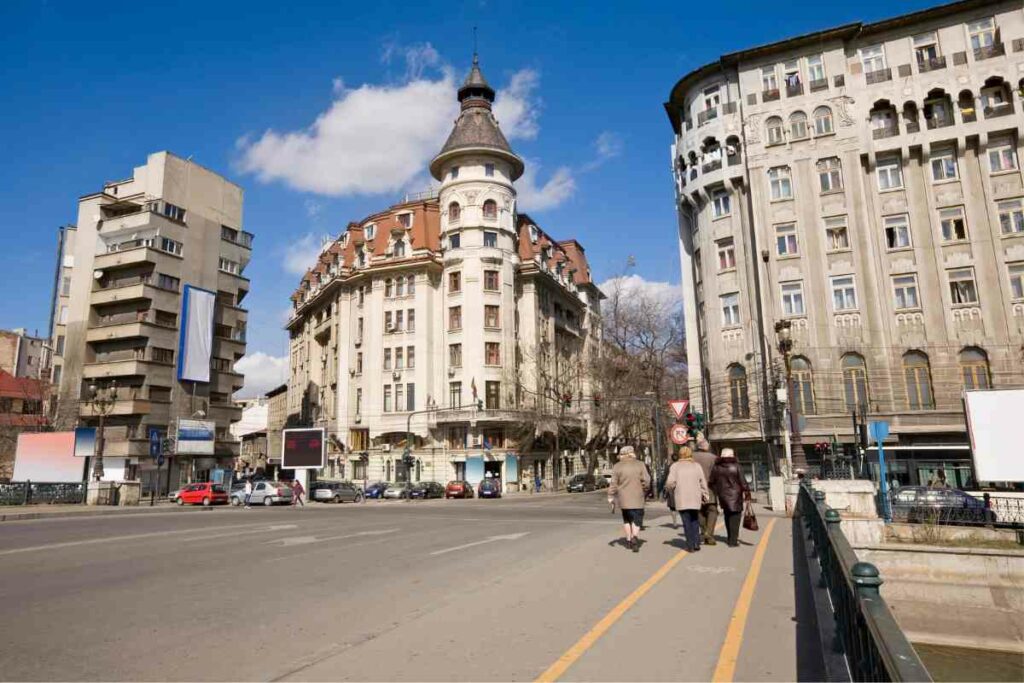
The city is located in the country’s southeastern part, on the Dâmbovița River. Bucharest is the political, cultural, and economic center of Romania.
The city is home to several universities, including the University of Bucharest and the National University of Political Studies and Public Administration.
A significant portion of the city’s population speaks English due to many schools, foreign tourists, and businesses.
2. Cluj-Napoca
Cluj-Napoca, sometimes known as Cluj, is Romania’s second-most populated city after Bucharest.
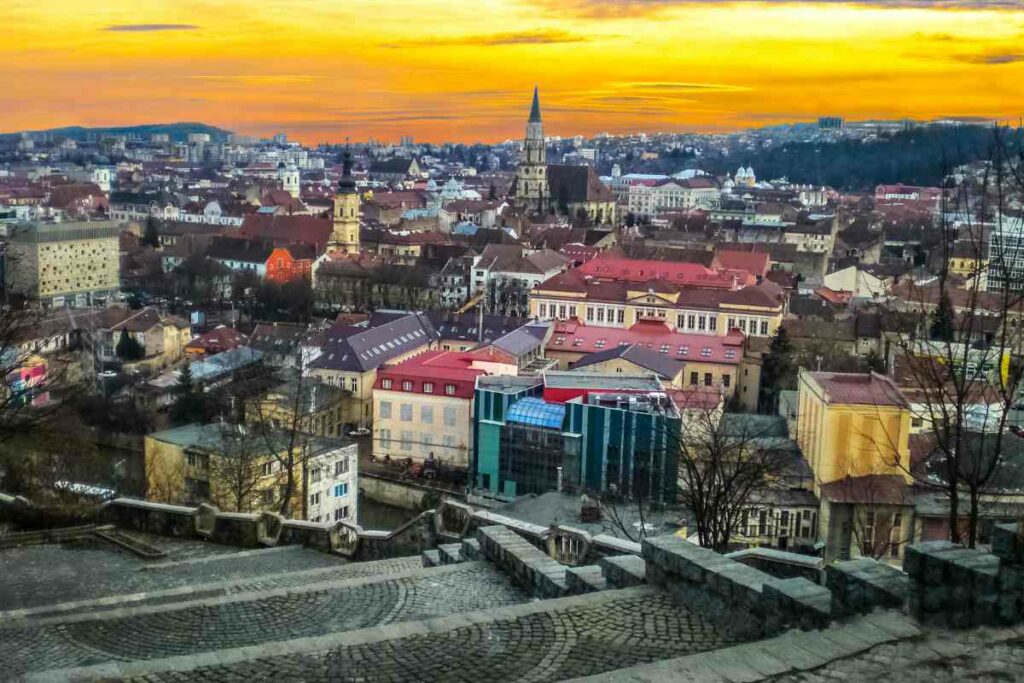
With a population of around 324,576 people, it is the headquarters of Cluj County in the northwest part of the Country.
As a result of the city’s large student population and its status as an important economic and cultural center.
English is the most widely spoken foreign language in Cluj-Napoca, with over 16% of the city’s residents being able to speak it.
3. Brasov
Brasov is a city in Romania with a population of around 253,200 people, known for its stunning scenery and friendly locals.
The city is located in the heart of Transylvania, surrounded by the Carpathian Mountains.
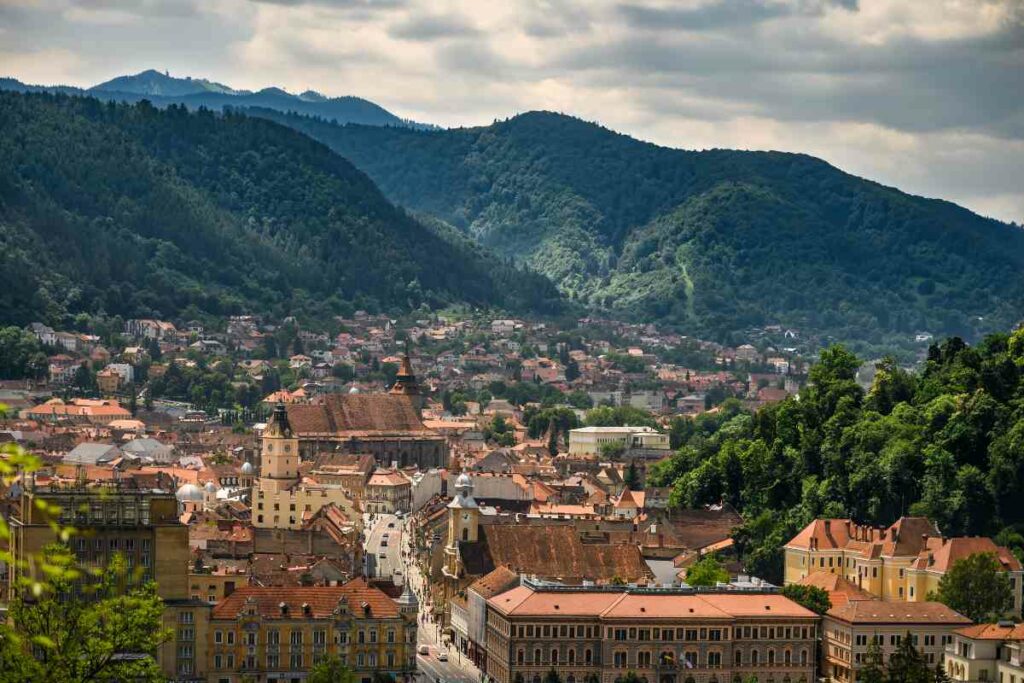
It is known for several historical landmarks, including the Brasov Citadel and the Black Church.
The city is also home to many international students, as it is home to several universities.
English is widely spoken due to the city’s large international community.
It is the primary language of instruction at many of the city’s schools and universities.
In Addition – Many businesses in the city use English as their primary language of communication. This makes Brasov an ideal destination for travelers who want to experience a city with a diverse cultural scene.
4. Timișoara
Timișoara is one of the largest city in Romania, with a population of roughly 319,279 people.
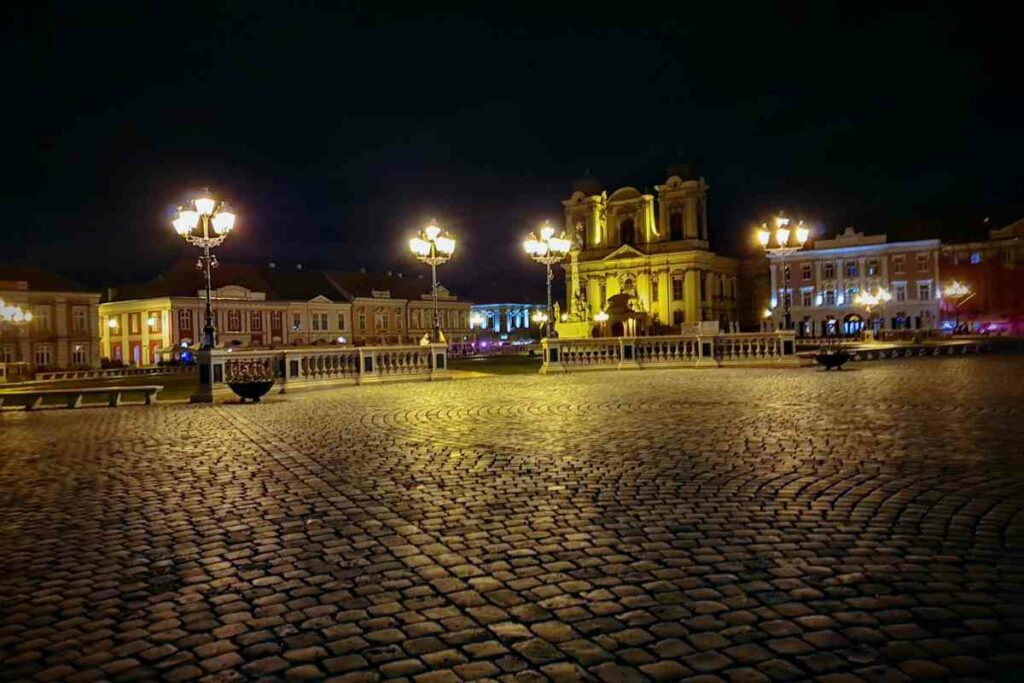
The city is situated in the western side of the country, on the Bega River.
Timișoara is an important economic center, with a large number of foreign companies operating from there.
Therefore, it is a significant economic hub in the country, and English is widely spoken for business purposes.
5. Sibiu
Sibiu is a Town in Romania that is located in Sibiu County.
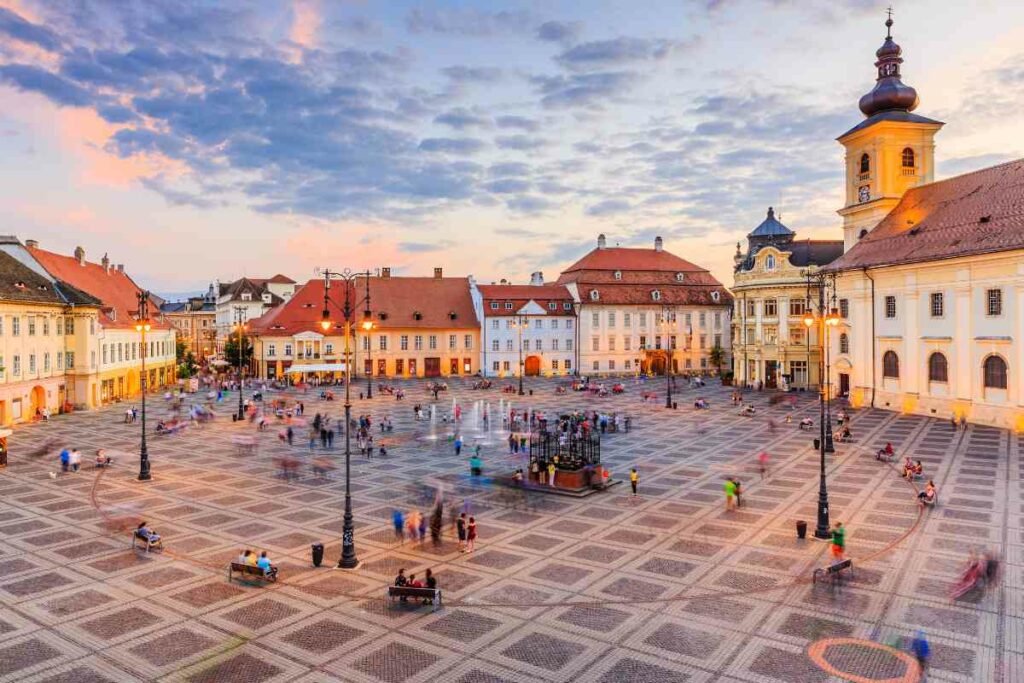
The town has a population of around 147,000 people and is known for its medieval architecture and for being a cultural hub.
English is spoken in Sibiu because it is a major tourist attraction, and many of the city’s businesses cater to tourists.
Locations in Romania Where English is Rarely Spoken
It is common to find pockets in Romania, where English is not spoken.
These areas are typically rural and off the beaten path.
While English speakers may be able to find someone who knows the language in the larger cities, they may have difficulty in smaller towns and villages.
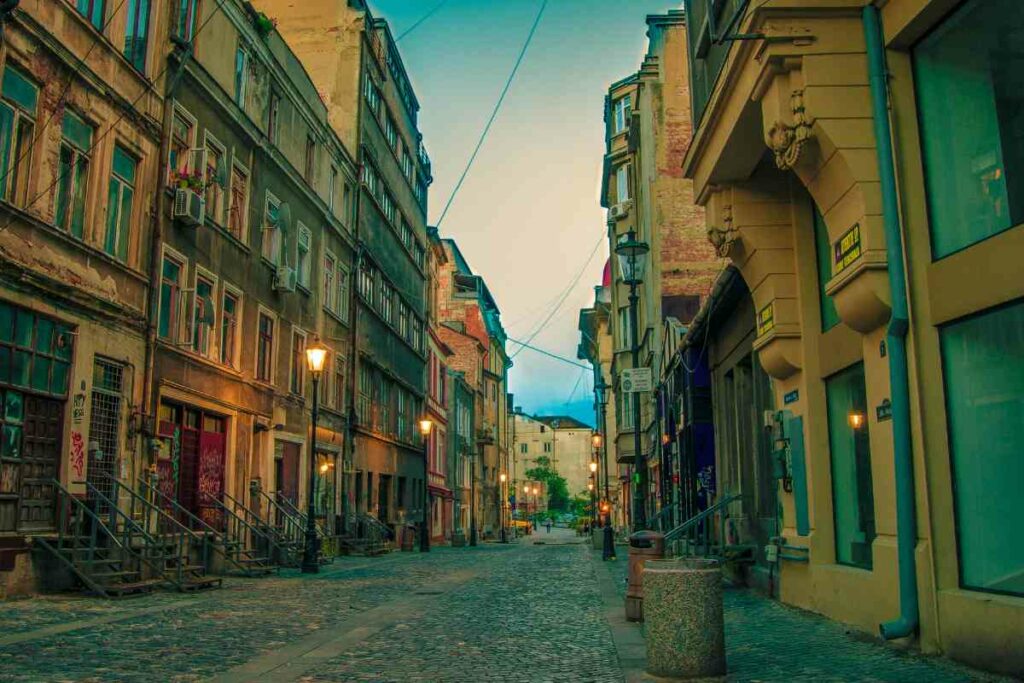
There are several reasons why English is not as widely spoken in rural towns in Romania:
- One reason is those older residents who did not grow up with English as their first language typically populate these towns.
- Another reason is that these towns are located in rural areas, where people have less exposure to English.
1. Sânandrei
Sânandrei is a rural area located in Timiș County, with a population of just over 5,717 people.
Due to the low population, a limited number of people are likely to speak English. Most residents focus on being farmers or working in agriculture.
According to the Census – Just over half of the population has completed secondary education. This means fewer people with the skills necessary to learn English.
The town is also quite far from major cities, limiting opportunities to learn English.
2. Sânnicolau Mare, Romania
The town is located in the northwestern part of the country, near the border with Hungary.
It has a population of about 14,000 people. It is known for its traditional culture, and most of the population is ethnic Romanian, with a small minority of Hungarians.
The main language spoken here is Romanian. However, a significant number of people also speak Hungarian, German, and Romani.
3. Câmpulung Moldovenesc
This little Romanian town has a population of around 20,139 people. It is located in the historical region of Moldavia.
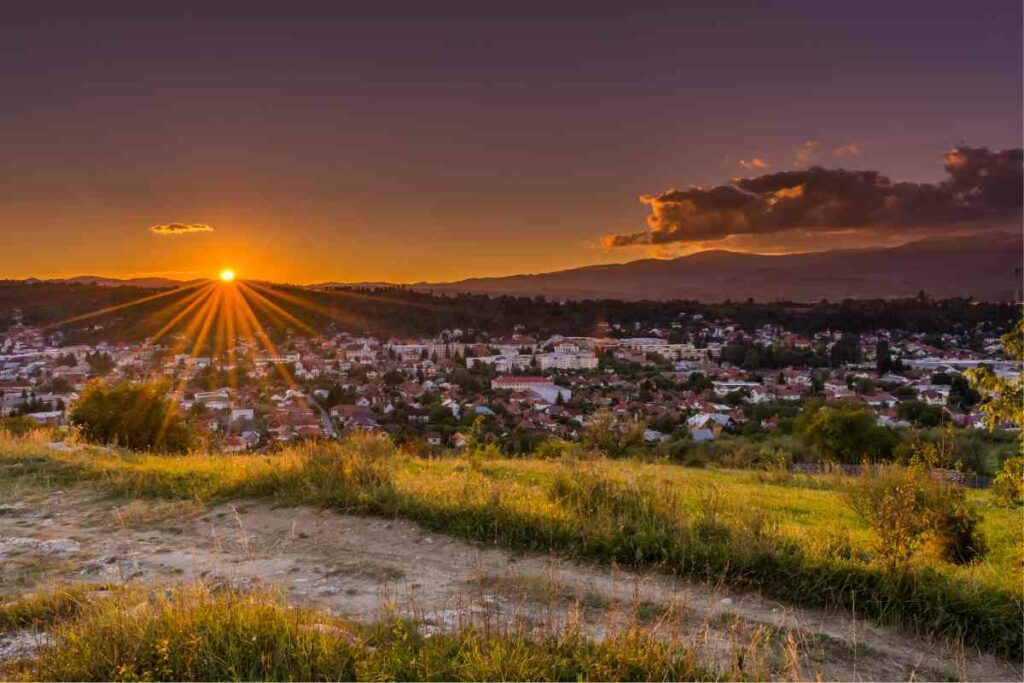
The people here have their own unique dialect of the Romanian language which is a blend of Daco-Romanian and Slavic influences.
The town’s dialect is considered to be one of the most pure and preserved Romanian dialects.
The residents here are proud of their dialect and use it to communicate with each other on a daily basis.
4. Sărăţel, Romania
Sărăţel is located in Prahova in, Romania, and has a population of approximately 141 people.
Because of their low population, there are limited resources available for the people here to have the opportunity to learn English.
Most people in the area speak Romanian as their first language, but there is a significant minority who speak Hungarian.
5. Sfântu Gheorghe
The predominant language spoken in Sfântu Gheorghe is Romanian.
However, due to the city’s location in Transylvania, there is also a significant Hungarian-speaking minority.
The city has a population of 55,000 people, according to the 2011 census, of which 70% are Romanian-speaking, 19% Roma, 9% are Hungarian-speaking, and 2% speak other languages.
Final Thoughts
Overall, it seems that English is slowly becoming more prevalent in Romania, especially in larger cities and among younger people.
However, English is not the predominant language in the country. There are still many people who need to speak English.
If you’re planning a trip to Romania and are worried about not being able to communicate, don’t be – you’ll probably be just fine.
There are certain pockets of the country, particularly in tourist areas, where English is more commonly heard.
- Best vs Worst French Places: A Cultural Guide for First-Time Visitors
- Master the Art of Travelling France: Insights on Must-Visit Spots
- Top three markets in France you must explore
- Essential Driving in France Kit: What Drivers Need to Stay Safe and Legal
- Top 10 Motorcycle Trips in Europe
- What Is Malta Famous For? Malta Local History and Past Events

